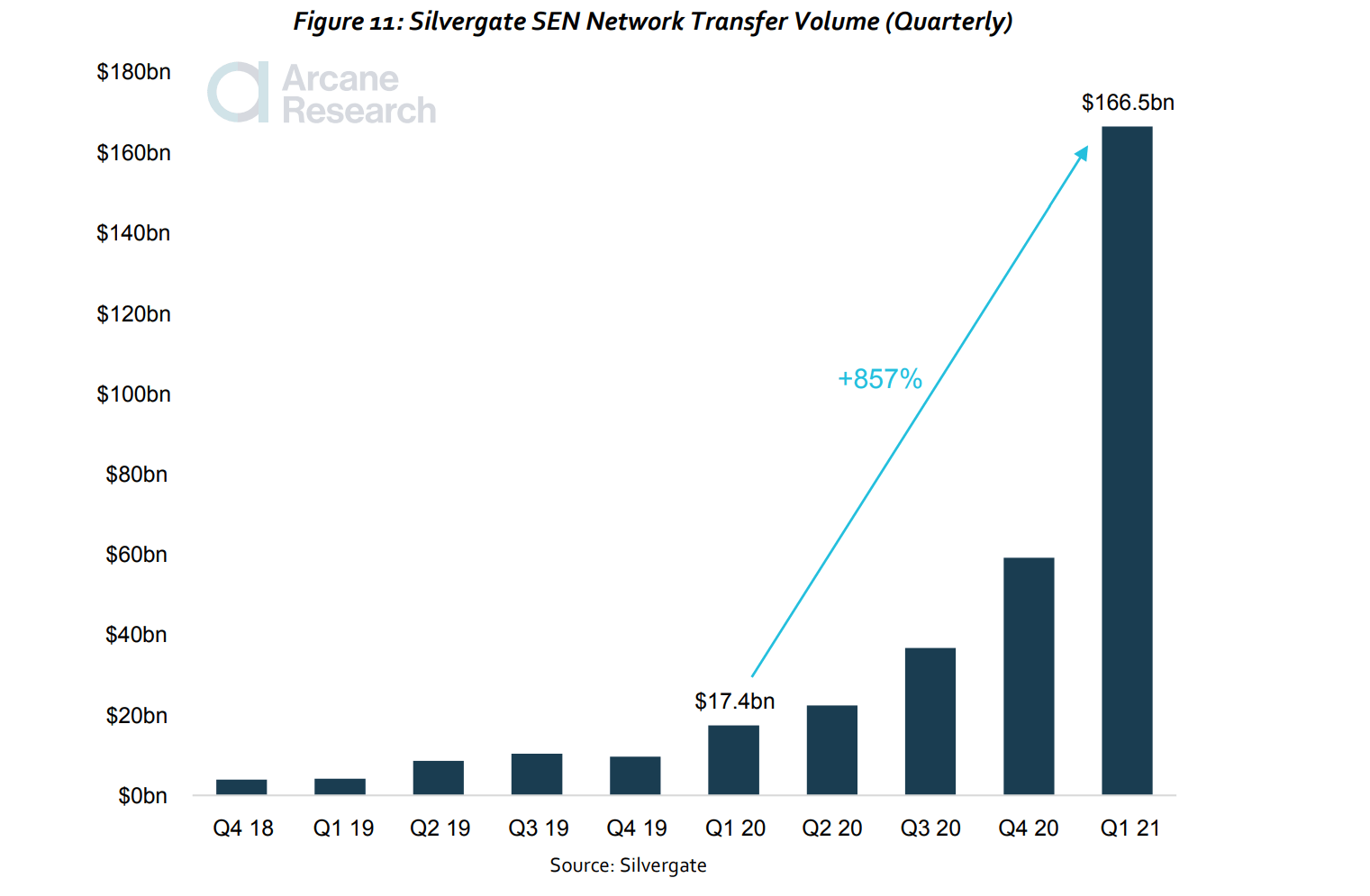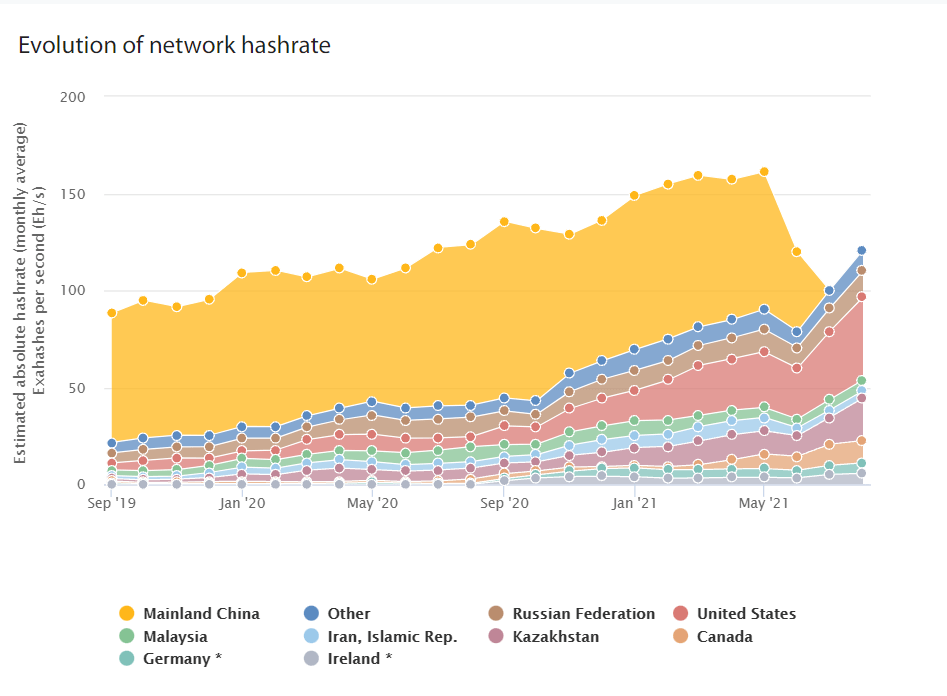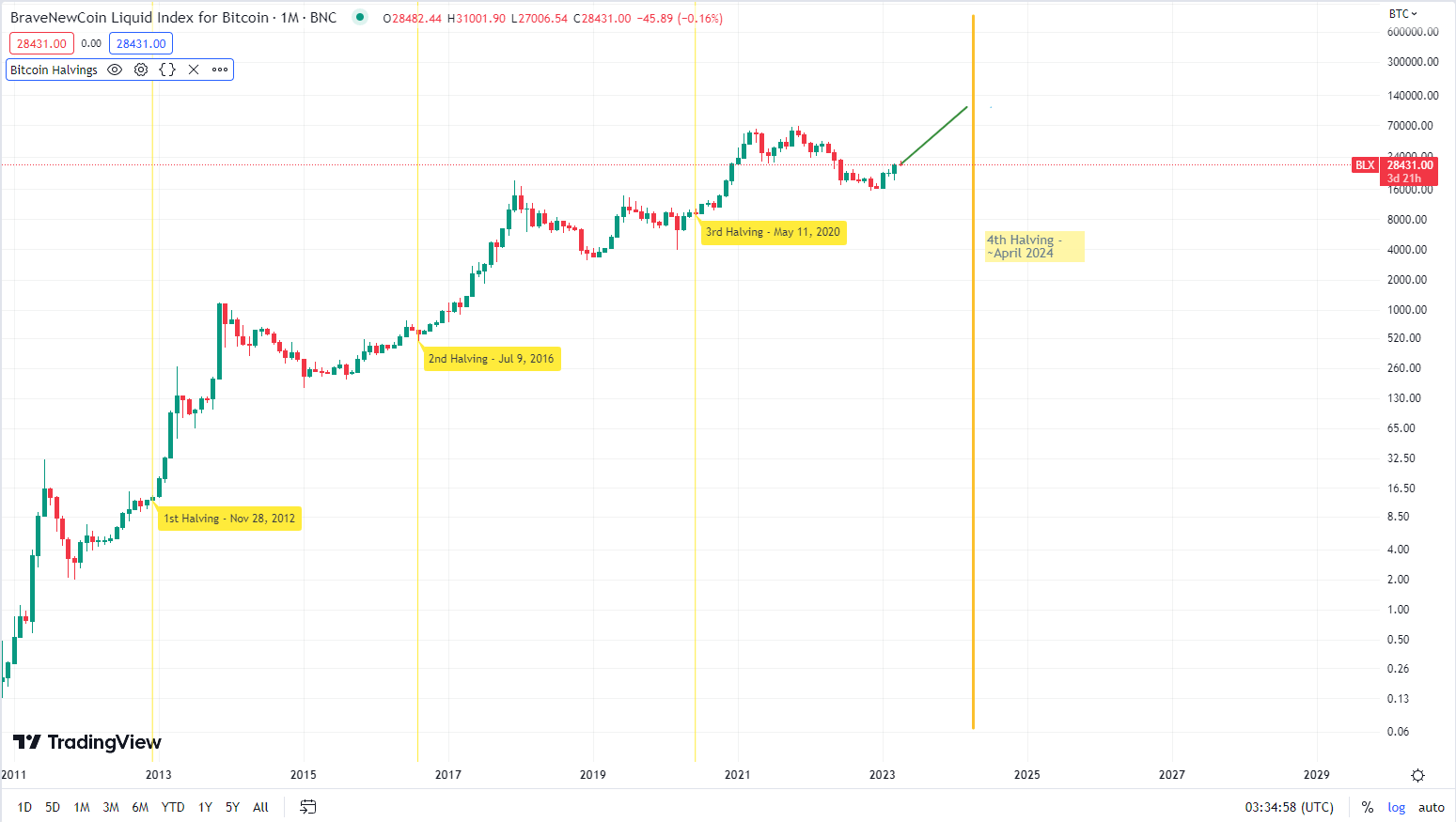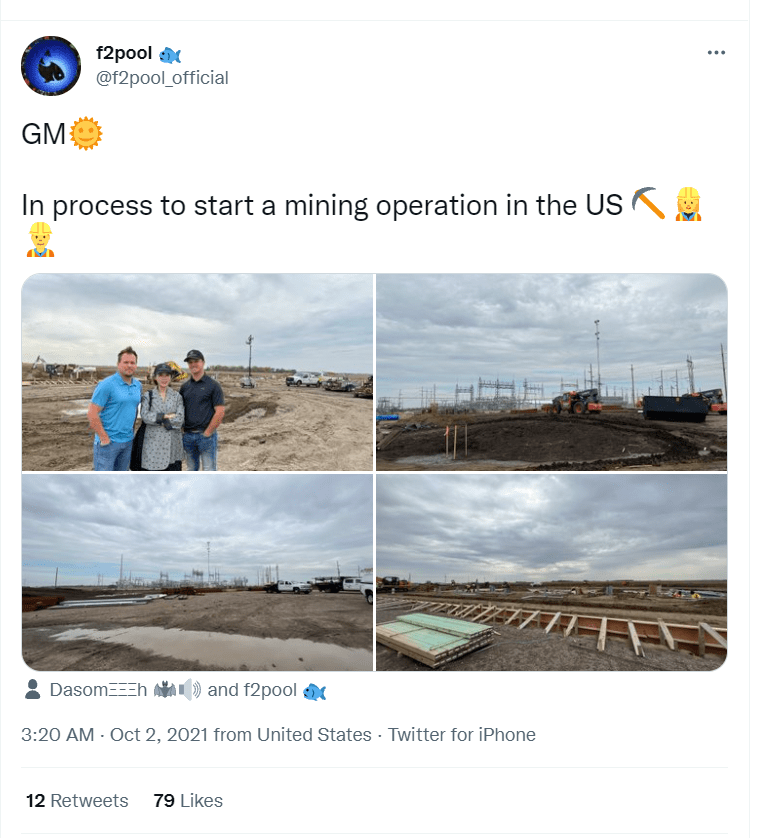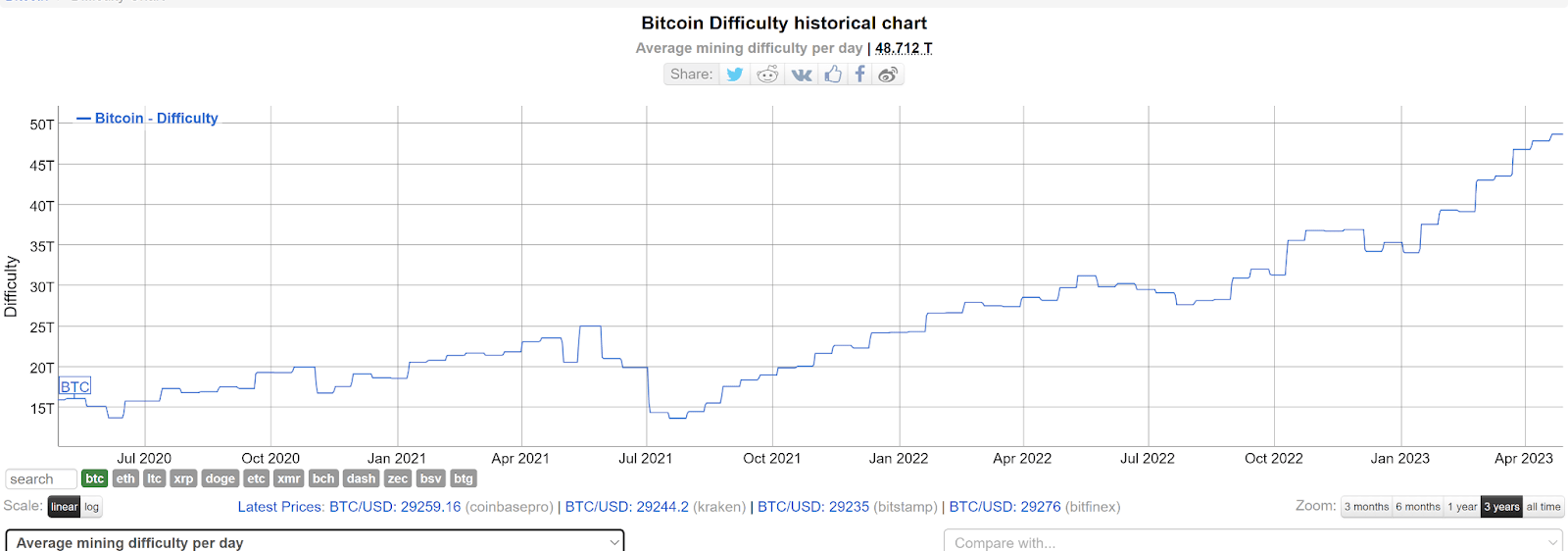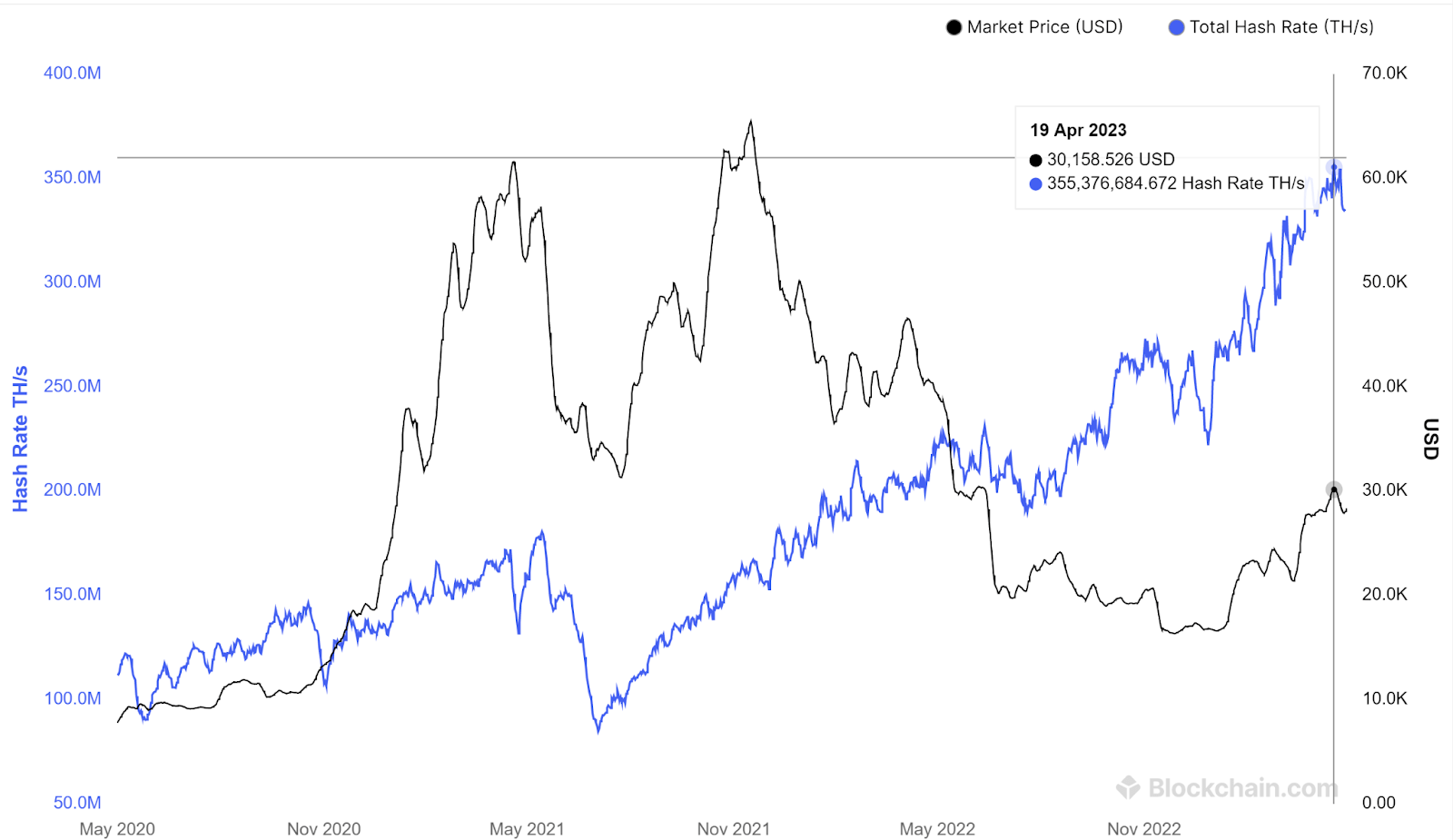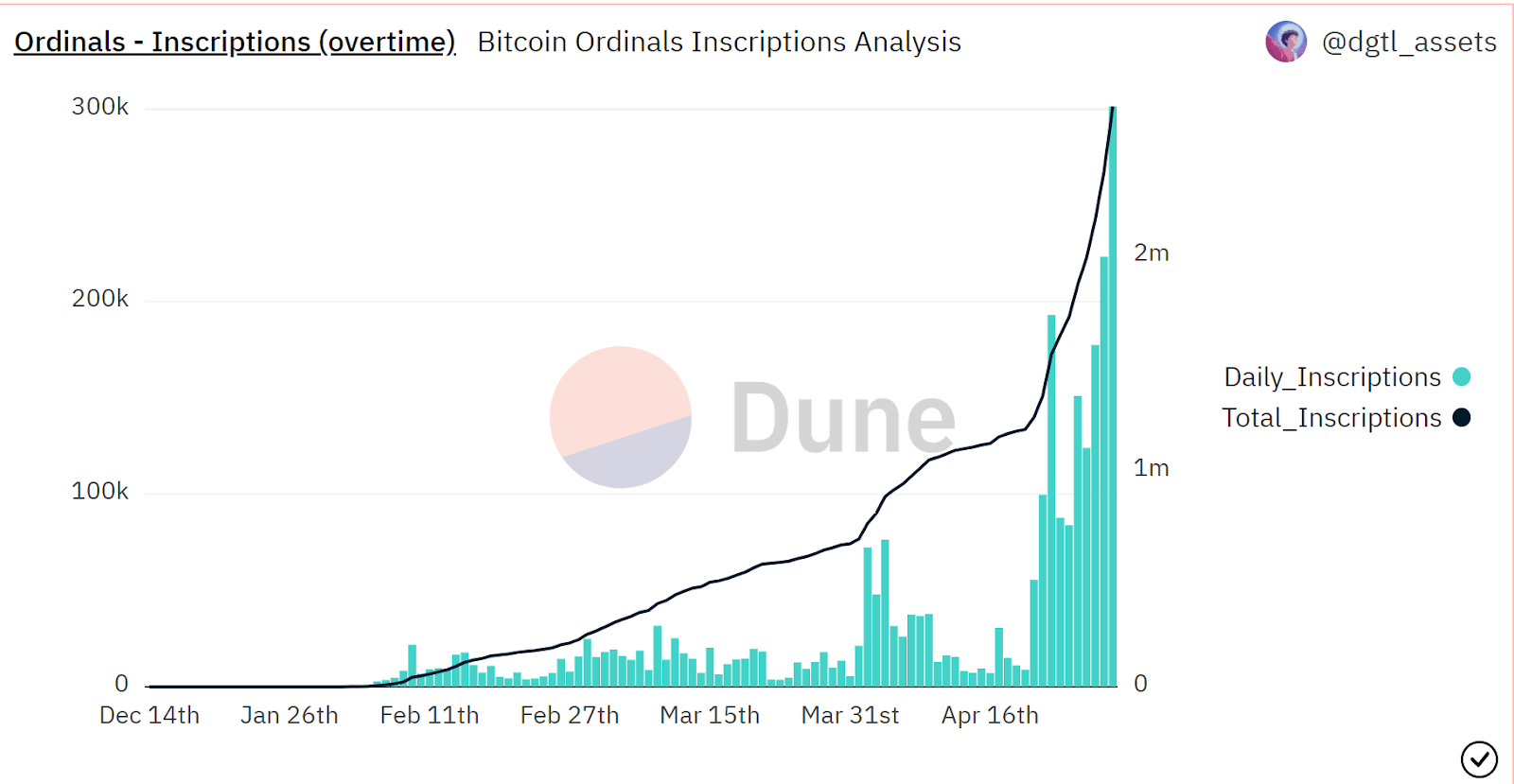Coins to watch in 2022: Orginal ETH killer Tezos hits the comeback trail
After years in the wilderness, Tezos has soared in value and XTZ onchain data shows more gains are likely. Can the 'original' Ethereum killer make a comeback?
The Tezos (XTZ) network is a smart contract platform blockchain designed to be more adaptive than other blockchains due to its self-amending feature, and onchain governance model. The XTZ token powers and maintains the Tezos network. It can be used for participating in the network’s Proof-of-Stake consensus model, voting on onchain governance proposals, payments to other users in the network, and spending on decentralized applications on the network.
Tezos is one of the oldest and most well-known smart contract chains with origins dating back to 2014 and the early days of blockchain experimentation. Despite having a head start on its smart contract competition, however, its value and popularity have faded in comparison to many newer projects such as Avalanche, Fantom, and Luna.
Source: Coinlab
Since the beginning of 2021, rival smart contract platforms Ethereum, Avalanche, Luna, and Fantom are up ~326%, ~2562%, ~8,985%, and ~13,611% respectively. Over the same period, Tezos (XTZ) is up a far more muted ~105%.
XTZ, however, has opened 2022 strongly. In the last 14 days, the asset is displaying alpha over smart contract competitors and is up ~45%.
Investors may be rotating profits earned from the other platform smart contracts tokens into Tezos. Tezos has begun the year with booming onchain volumes and strong partnerships with traditional tech players looking to enter into the NFT space. While it may have partially missed the boat on the smart contract boom of 2021, the project is beginning to gather steam, and 2022 may be the year the project re-emerges in the crypto investor consciousness.
Origins of the project
Tezos was founded by husband and wife duo Arthur and Kathleen Breitman. The pair were early Bitcoin advocates and met at a crypto-anarchists lunch in 2010. Arthur has an educational background in Mathematics, Computer Science, and Physics. He studied financial mathematics under Nicholas Naseem Taleb at New York University. Taleb coined the term, ‘Black Swan’, which is now a core concept in investment theory. Before Tezos, Arthur worked in quantitative finance at a number of large financial firms. Kathleen studied at Cornell University and New York University. She followed this up by working at firms like Bridgewater Associates and Accenture before Tezos.
While Tezos now is part of a group of smart contract platform projects that are sometimes described as ‘Ethereum Killers’, its origins are tied to improving upon Bitcoin’s design. While working at Morgan Stanley in 2014, Arthur released two Tezos blockchain whitepapers under the pseudonym "L. M Goodman", a reference to a Newsweek journalist who misidentified the founder of Bitcoin.
When Arthur first became involved in Bitcoin he believed the network would take on the best features of emerging competitors. The Bitcoin network, however, followed a different trajectory. The project’s stakeholders wanted Bitcoin to remain close to Satoshi Nakamoto’s original vision and not be diluted by ideas pushed by new entrants to the blockchain space. Many Bitcoiners viewed competitors, altcoins, as scams or cash grabs with few good ideas. This philosophy has ensured that Bitcoin has not changed drastically from its original design.
The 2014 Tezos whitepapers describe a project that is something of a development antithesis to Bitcoin. Tezos focuses on protocol evolution and is based on the shifting tides of crypto. Onchain governance will be the medium to facilitate this fluid development.
The Tezos vision resonated with many in the crypto space and after the release of the whitepapers, the Breitmans hired French Development house Ocamlpro to help develop the Tezos software. Arthur left Morgan Stanley with a small group of backers and the Breitmans planned to raise further funds for Tezos through an initial coin offering (ICO).
Tezos conducted their ICO in Zug Switzerland after meetings between the Breitmans and Johann Grevers. Grevers would later run the Tezos Foundation, a company designed to promote the Tezos protocol through grants and other capital deployment vehicles. Grevers stepped down from the position in 2018. The Tezos ICO was run in Zug because of its low corporate tax rates and light regulations, allowing Tezos to skirt around stricter US securities laws.
The Tezos ICO, run June 28, 2017 to July 13, 2017, raised 65,681 BTC and 361,122 ETH, then worth US$232 million. This was the largest ICO ever at the time.
Despite, or perhaps because of the large raise amount, the ICO had numerous issues. The Tezos ICO was managed by a third-party firm called TokenSoft that was contracted by the Tezos foundation.
Only investors who provided personal information (names, phone numbers, addresses, government-issued IDs, and selfies) to Tokensoft and could get through KYC/AML procedures could receive their XTZ tokens. This was controversial because investors who participated in the ICO were not informed of the KYC/AML requirements until well after the ICO was completed and the BTC or ETH funds were handed over. This added-on requirement significantly delayed when some investors were able to receive their XTZ tokens.
A public relations firm called Strange Brew was hired to promote and entice investors to participate in the ICO. The PR firm is alleged to have made false claims that large American financial firms were participating in investment rounds when they were not.
The launch of the network was delayed over 6 months because of disagreements between the Tezos foundation which oversaw the ICO and developers of Tezos. There were issues surrounding the handover of ICO funds to developers and in the end this led to a major public fallout between the Breitmans and Grevers. Grevers left the project completely and Tezos moved on, attempting to start clean following the reputational damage created by the controversial ICO.
Popular mainstream tech publication Wired featured Tezos on the cover of their July 2018 issue and ran a cover story titled “Inside the Crypto World’s Biggest Scandal”. The story covered the
project’s origins and messy token raise in great detail. Tezos still deals with the negative PR generated by its origin story and it is often cited as a cautionary ICO tale within the crypto space.
Since the fallout of the ICO, Tezos has quietly moved on with its development and now has a fully functioning blockchain protocol that has been active for over 3 years.
The Tezos network
The Tezos blockchain has the unique value proposition of being the first ‘self-amending’ blockchain. Tezos is programmed using the OCaml language. The Tezos ecosystem is similar to the Ethereum network in that both are designed to support smart contracts and decentralized applications. The two projects offer Turing complete smart contract languages that allow for programmable loops. Where Ethereum uses the Solidity programming language, Tezos uses Michelson. XTZ, like ETH, is used for powering computations. Tezos utilizes a Liquid Proof-of-Stake consensus model.
Consensus is achieved on the network through a modified delegated proof-of-stake protocol where stakers lock tokens for the right to validate blocks. Tezos’s form of PoS is liquid because smaller holders can delegate their tokens without transferring ownership.
A user can stake their tokens to become a delegate or delegate their tokens. A staker or delegator’s XTZ holdings will grow as they are rewarded for their commitment to the network with inflation rewards at a rate above 5% rate, otherwise, they become diluted.
If all Tezos token holders bake with all of their tokens (i.e. the entire Tezos supply), baking rewards would be near ~5.51% per year. Since investors, however, have differences in time preference, not all XTZ holders choose to stake. This means, presently, the reward rate is slightly higher than this for stakers.
Source: Stakingrewards.com
If a user elects not to stake, they won’t lose their tokens or miss out on profits because of external market-driven price movements, but they will miss the opportunity to make a passive return.
‘Participation’ comes in a number of different forms on the Tezos network. Delegates are Tezos accounts assigned the responsibility of managing a node and handling protocol amendments, software updates and patches. They pay a bond as security and need to own at least 8,000 XTZ to become a delegate or baker (making Tezos a PoS network).
Delegates need to become bakers first. Bakers are the network’s block producers and are randomly assigned to the Tezos network to mine on it and verify transactions. A group of 32 randomly selected nodes become endorsers (a lottery system where nodes vote on the validity of blocks. Bakers provide a bond, like delegates, which is lost if they attempt any malicious activity (i.e.publishing empty blocks).
Block rewards are dependent on the inflation rate, which relies on the number of tokens staked, while Endorsers receive two XTZ per block they endorse.
If a user cannot afford the bond or is not technically inclined, they can delegate their XTZ to a delegation service, and still receive Block Rewards, endorsement rewards, and inflation rewards. The users retain the right to their tokens during delegation, and value is added to a delegates pool. Protocol amendments are adopted over election cycles every 131,072 blocks, or approximately every three months.
Source: Stakingrewards.com
The largest Tezos stakers are centralized exchanges that stake on behalf of users who hold XTZ via their platforms.
Proof-of-stake blockchains have powerful investment implications because they offer passive income for completing tasks such as voting. There are technical barriers to complete these tasks like downloading. Regulated custodians cater to risk-averse institutions seeking exposure to participation focused crypto networks like Tezos or Decred, without wanting to deal with the storage or participation duties themselves.
Decentralized governance
A core goal of the Tezos project is decentralized governance. This is achieved via an immutable blockchain that directly bakes protocol decision making into the network’s core program, circumventing bureaucracy and internal politics. Self-amendment protocols occur in intervals. Each round of community discussions (to decide whether or not to restructure the Tezos ledger) takes three months to execute if successfully passed.
Changes are verified within the protocol itself, as opposed to the informal, governance-by-fork style used by networks such as Ethereum and Bitcoin. Historically, if a community is irreparably split over the direction of an open-source blockchain project, it has been accepted practice to fork the project as a last resort.
Because blockchain-based crypto assets benefit from network effects (security, immutability, number of users), network and user splits due to hard forks have been detrimental to the value of these (existing and post-fork) projects. The Bitcoin Cash, Bitcoin SV, and Ethereum Classic forks are examples of this.
Instead of forking, Tezos aims to always coordinate discussions around the one chain, implementing the highest quality updates for it as they become available. Its protocol can be changed to reflect the decision making of stakeholders. Voting protocols are directly written into the Tezos code with voting operations like token staking reflected as network operations. changes to the Tezos network is implemented via a multi-stage voting process that takes three months to complete.
During the initial ‘Exploration’ phase, bakers cast a ballot of ‘yay’, ‘nay’, or ‘pass’. For the vote to succeed and move to ‘Testing’, a quorum requirement (minimum number of bakers participating in consensus) must be met. At least 80% of the total ballots possible must be cast. If 80% participated by casting a ballot, then of those that did cast yay or nay, the yay must have at least 80% supermajority.
For any proposal to be considered valid, it must have enough upvotes to meet a 5% quorum. If the most upvoted proposal has at least 5% of the number of possible votes supporting it, the proposal proceeds to the Exploration Period.
During the testing period, there is no voting. Following testing the protocol moves to the final ‘Promotion’ period which once again follows a similar voting process to ‘Exploration’, with bakers again casting yay/nay/pass ballots with the same quorum and supermajority requirements. If this succeeds, at the end of the promotion period, the Tezos nodes switch over to the new protocol code that was provided in the proposal.
There have so far been 8 amendments implemented on the Tezos blockchain. The first was Athens in May 2019. The update increased the gas limit and reduced the roll size required to bake from 10,000 tez to 8,000 tez.
The next update Babylon was introduced in August 2019. Babylon featured updates to the Tezos consensus model and new smart contract. The next update, Carthage, arrived in December 2019. Carthage further increased gas limits and improved the accuracy of the formula used for calculating baking and endorsing rewards.
Delphi was launched in September 2020. It improved gas cost, optimized storage, and improved the performance of the Michaelson smart contract language. Edo was the next Tezos amendment and it was released in November 2020. It enabled privacy-preserving smart contracts on Tezos as well as tickets for native on-chain permissions and asset issuance.
Florence was the first amendment launched in 2021, it added further improvements to the Tezos gas model, added interoperability features and modified the way Tezos testchains work.
The next proposal, Granada, was injected in May 2021. This update reduced the time between Tezos blocks, added a liquidity baking feature and another round of gas optimization improvements.
The latest upgrade was Huangzhou in December 2021. It added a time lock to smart contract feature to protect against block producers extracting value, a new viewing system for smart contracts and a new system to optimize storage.
There is currently a proposal, Ithaca 2, which is in the exploration phase of the amendment implementation process. It appears set to move onto the next testing phase with 100% of the XTZ voters voting ‘yay’ or ‘pass’ to moving forwards with it.
Ithaca will be one of Tezos’s most ambitious and drastic protocol amendments yet. It proposes completely changing the Tezos Consensus model from the current Emmy Liquid Proof-Of-Stake model to a new paradigm called Tenderbake. Tenderbake is based on the Tendermint Consensus framework built by Cosmos. Tendermint is used by major platform blockchain projects like Terra, the Binance chain, and the Secret network.
Tenderbake and Tendermint are set to offer near instant transaction finality and low fees for users. Tenderbake is set to shift the protocol away from a roll-based lottery style model to a more traditional one, where the size of stake more clearly determines which producers are allocated blocks. There will also be a reduction in the number of XTZ to be a validator from 8,000 XTZ, to 6,000 XTZ. There are a number of further additions included in Ithaca like a speed-up in how quickly validators receive rewards.
The Tezos model of updating its blockchain every 3 months is in many ways admirable. Tezos has changed significantly from the first version of its mainnet. While many of these changes have been performance, many of them are architectural like adding privacy features and changing validator requirements. Tezos’s method of implementing upgrades is also unique because of its focus on community participation.
Tezos Dapps grow in popularity and usership
Source: Coinmetrics
Source: Coinmetrics
The latest version of Coin Metric’s state of the network notes the growing transaction activity on Tezos driven by demand to buy and sell NFTs on the network. Transactions involving smart contracts spiked on Tezos in the 2nd half of 2021, this implies the utility of the network to interact with decentralized applications has been growing in comparison to its utility to make payments. This surge in activity is also with the Granada, which significantly reduced block times.
Coinmetrics notes that NFT platforms on Tezos like the generative art platform FX Hash have started to see increased interest. Additionally the hype surrounding deals like the one with giant French video game developer, Ubisoft, has attracted new users to the platform.
The number of active addresses on Tezos is now close to 50,000 with the value of this metric doubling in the last year.
Data from Dappradar.com indicates that the largest and most popular Dapps on Tezos, by volume, and by number of users, are NFT marketplaces. The top 3 Dapps on Tezos are Hic et Nunc, objkt.com, and fxhash.
Tezos has pitched itself as a green, cheaper, version of Proof-of-Work NFT industry leader platform Ethereum. Tezos.Art, the center of the Tezos NFT art ecosystem, says NFTs on Tezos are carbon neutral and fees are less than a penny.
Data from Defilama indicates that there is currently just under US$100 Million worth of assets currently locked into the Tezos protocol. While the NFT space on Tezos is booming, the DeFi economy on Tezos is flagging.
A similar multi-month trend is being observed on other platform blockchains. However, while larger chains like Ethereum have enjoyed pickups in DeFi TVL in the 2nd half of January, DeFi TVL on Tezos has not seen any recovery.
Conclusion
The banner statement of Tezos.com is “Tezos: A blockchain designed to evolve.” This is indeed a compelling proposition. A blockchain that takes the best features of competitors and can adapt every 3 months to stay in line with market demand sounds like a perfect fit for the rapidly evolving, open-source crypto space. It is a project that is designed for long term success. While it had something of a torrid launch that disappointed many early backers, it is a project that seems by design able to move onwards and upwards.
To some extent this is exactly what Tezos has done and will continue to do. Since the launch of its mainnet in 2018, it has changed its staking model, privacy features, and smart contracts to keep abreast with competition. It has perhaps meant that there are always projects ahead of it and it is constantly having to chase leaders. An example of this is deciding to implement a Tendermint-style consensus well after platforms like Terra have benefited from using it.
Tezos has begun 2022 strongly with a use case emerging in the form of NFT marketplaces. Transaction volumes and active address activity are rising alongside price. Investors are looking for the next big layer 1 and now that the astronomical gains of projects like Solana and Avalanche have started to dry up, they may look into a project from the past to capture gains waiting in the future.

Don’t miss out – Find out more today


